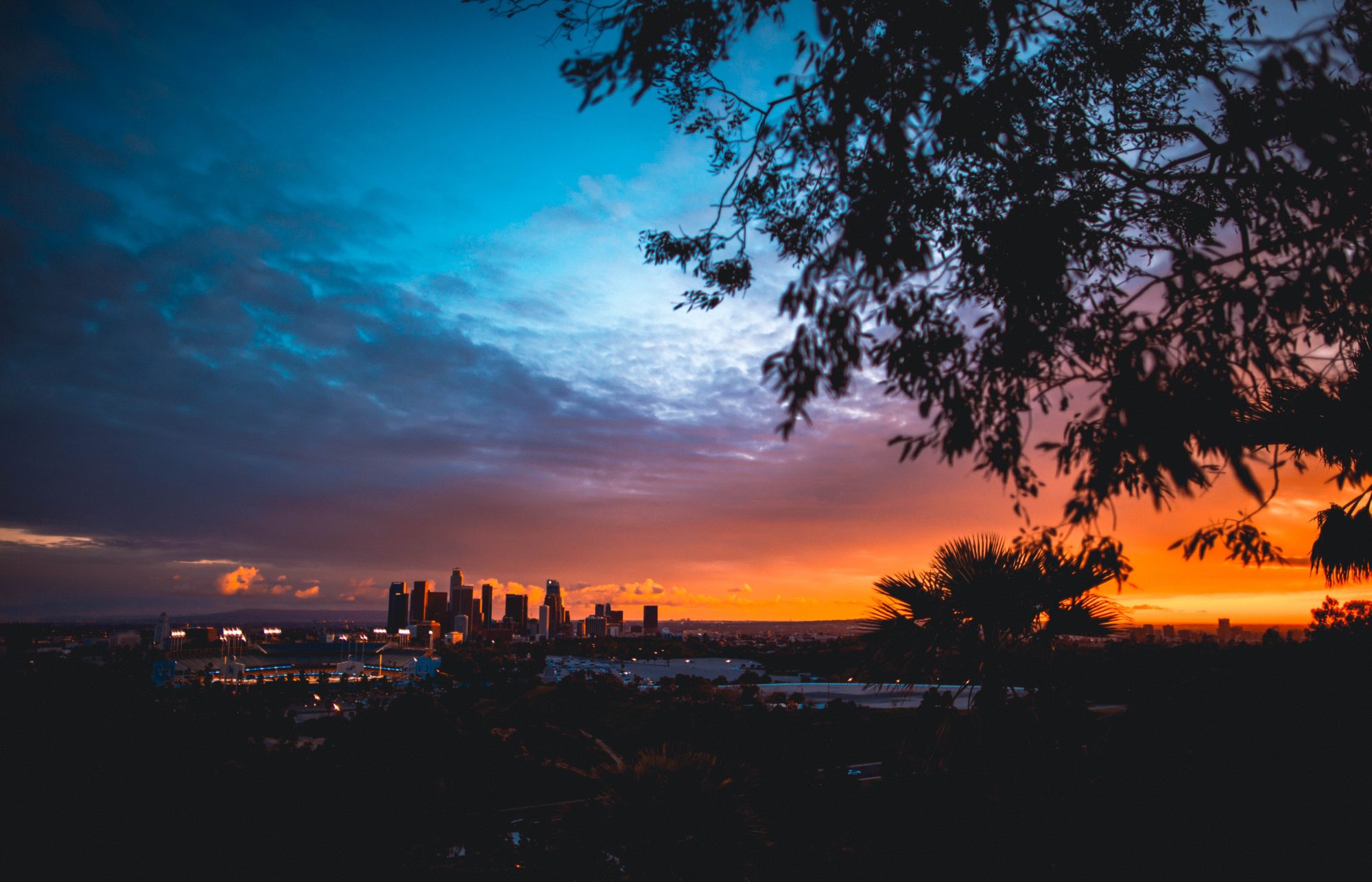Los Angeles is a sprawling metropolis, a city of cinematic dreams and relentless hustle. But for Steven Taylor, LA native and family man, there’s a quieter, natural side to L.A. that many overlook. Over the years, he has discovered that the hiking trails scattered around the city are sanctuaries of peace and natural beauty, offering much-needed escapes from the urban chaos. Here, he shares his top picks for hiking destinations that serve as havens away from the L.A. lifestyle.
Griffith Park: The Urban Jungle Escape
Griffith Park is an outdoor haven enveloped by the city, a sprawling 4,310-acre park that juxtaposes itself against Los Angeles ‘ urban sprawl. As one of the largest municipal parks in the United States, Griffith Park is Steven’s quick escape when the city’s energy becomes overwhelming. “It’s my immediate go-to for recharging, given its proximity to the city center and its expansive network of trails,” he says.
Steven’s all-time favorite in Griffith Park is the Griffith Observatory Trail, a moderate 2.5-mile loop. What captivates him most about this trail are the breathtaking views. On clear days, the loop provides panoramic perspectives of downtown Los Angeles, the iconic Hollywood Sign, and even glimpses of the Pacific Ocean. “The Griffith Observatory Trail has a certain magic to it. It allows you to see Los Angeles from a distance, which gives a much-needed pause to your day,” Steven adds.
Runyon Canyon: Where Nature Meets Celebrity
Located a mere stone’s throw from Hollywood, Runyon Canyon is the quintessential L.A. hiking experience that fuses natural beauty with the city’s pop culture. “It’s one of those few places where the line between nature and celebrity blurs,” Steven mentions. The trails are popular and often populated, but for him, the abundance of people is more of a feature than a bug.
What draws Steven to Runyon Canyon, apart from its moderate hikes and excellent views, is the eclectic crowd. “The atmosphere is uniquely One moment you’re awestruck by panoramic city views, and the next you’re sharing the trail with a movie star. You get the best of both worlds,” he elaborates. Though not for those seeking solitude, Runyon Canyon perfectly encapsulates the dual essence of Los Angeles: natural beauty and star-studded glamor.
Topanga State Park: Coastal Views and Solitude
When Steven seeks a more solitary experience, away from the glitz and glamour, he heads to Topanga State Park . “It’s a place that truly allows you to disconnect,” he says. The park, located in the cliffs and canyons of the Santa Monica Mountains, offers more than 36 miles of trails and panoramic views of the Pacific Ocean. It’s an entirely different world compared to the busy trails of Runyon Canyon or Griffith Park.
His recommended trail here is the Los Liones Trail, a 7.3-mile round-trip hike leading up to the Parker Mesa Overlook. The trail offers the type of solitude that’s hard to find in Los Angeles, plus some of the most stunning coastal views that Southern California has to offer. “Every time I reach the overlook, it’s like the world stands still. You’re high above the Pacific, and for a moment, the city’s non-stop rush fades away. It’s that kind of magic that keeps me coming back,” Steven notes.
Steven Taylor’s love for L.A. extends far beyond its bustling urban lifestyle. For him, Los Angeles is a haven of diverse natural landscapes just waiting to be explored. Whether it’s the urban oasis of Griffith Park, the culturally rich trails of Runyon Canyon, or the secluded paths of Topanga State Park, the City of Angels offers hiking experiences that cater to every mood and preference. So, the next time the L.A. hustle gets to you, remember: a trail to tranquility is likely just a few miles away.
Originally published at https://steventaylorlandlord.blogspot.com.










